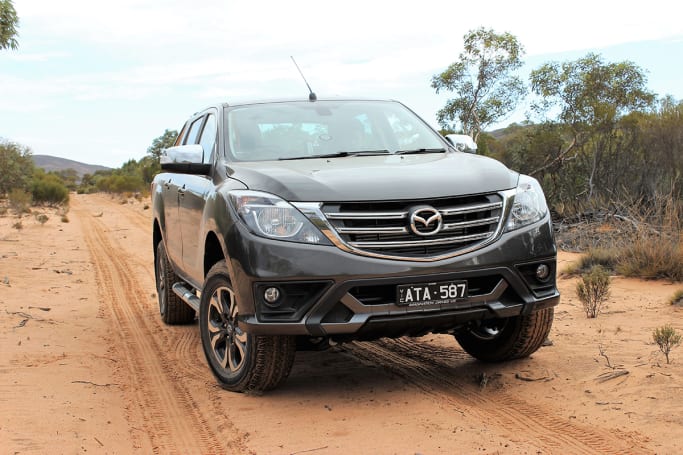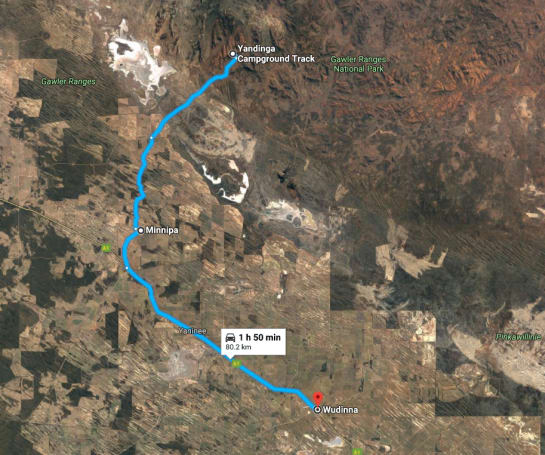To best understand the Gawler Ranges, and to uncover all of the reasons why you're here, stand on a sand dune at dawn and watch as the sun turns the misty outback haze into an ethereal glowing shower of light.
Colours emerge as if from nowhere, clouds turn supernatural, and fingers of sacred light – like finely drawn rays – outline the fractured escarpments into perfectly etched blocks of ochre and rust.
The fingers join into a line of strengthening light that catches the tops of hills, then creeps down their sides in a slow awakening descent. Its path lights the greys, greens and shimmering silver of spinifex, scrub and mallee bush before settling in a flood of morning sunshine, setting the red earth ablaze in the vast plains below.
Birdsong rises with the strengthening light, and, like pedestrians walking half-asleep into a town square, kangaroos and euros tentatively lift their heads above the saltbush and push slowly into the warmth of the morning.

Then, the sun fully risen, the sky radiates like a cathedral.
Out here, the sense of desolation and isolation, and of your total insignificance in the vast timeline that made this place, is palpable, and perfect. There is nothing like an outback dawn.
This is what it's like here. The outback can change you. And if you haven't been to such a place, maybe it's time you visited.























Comments